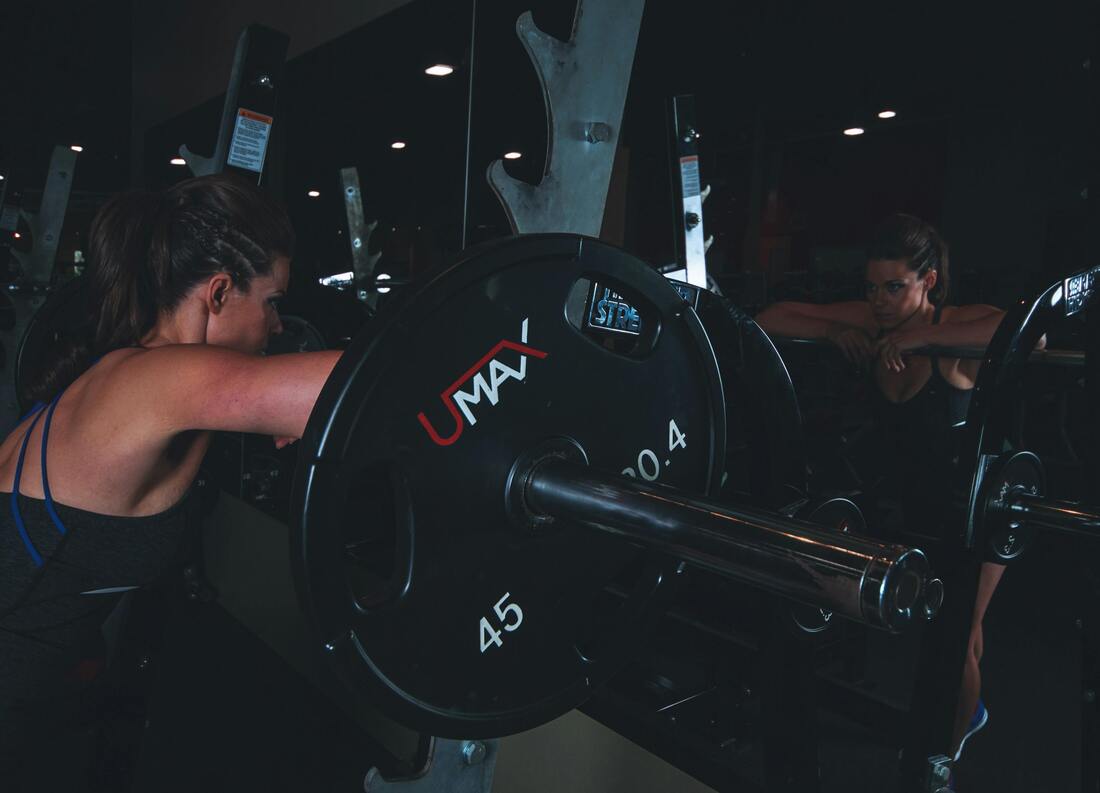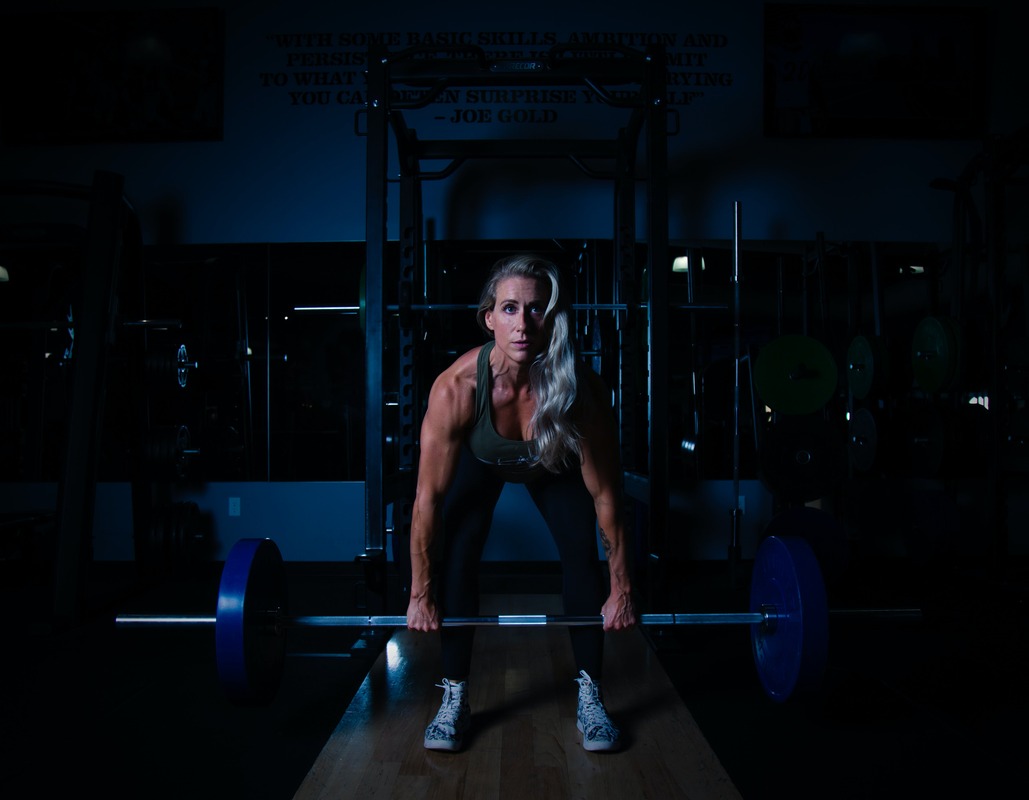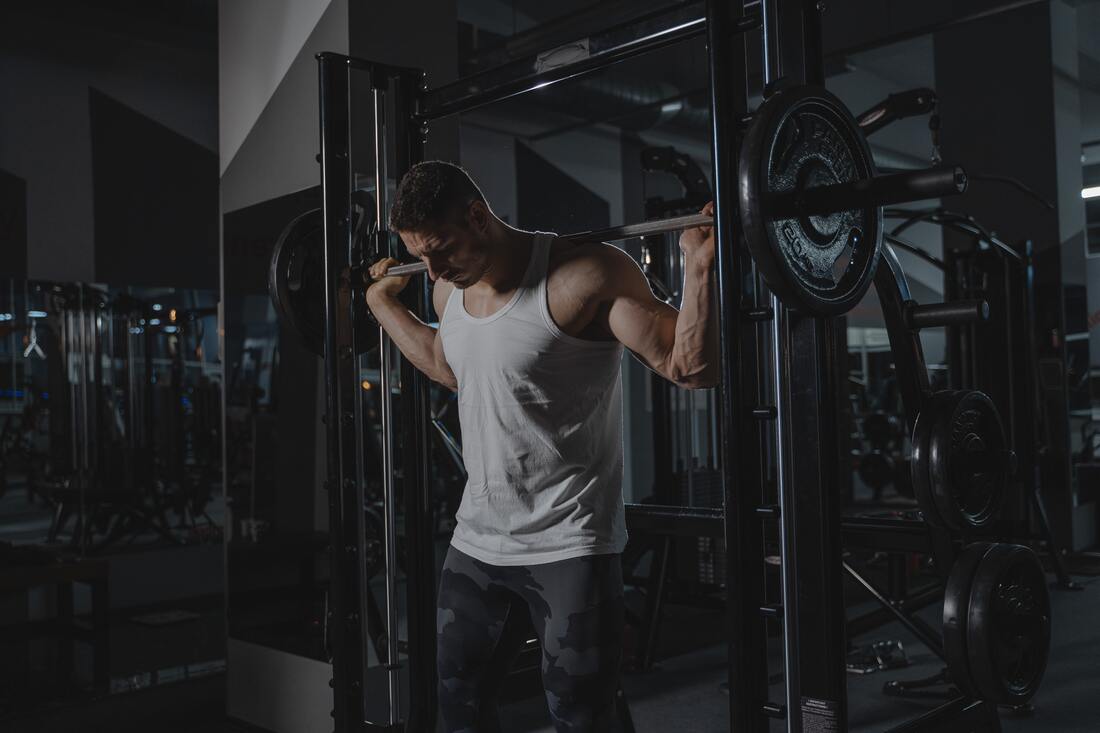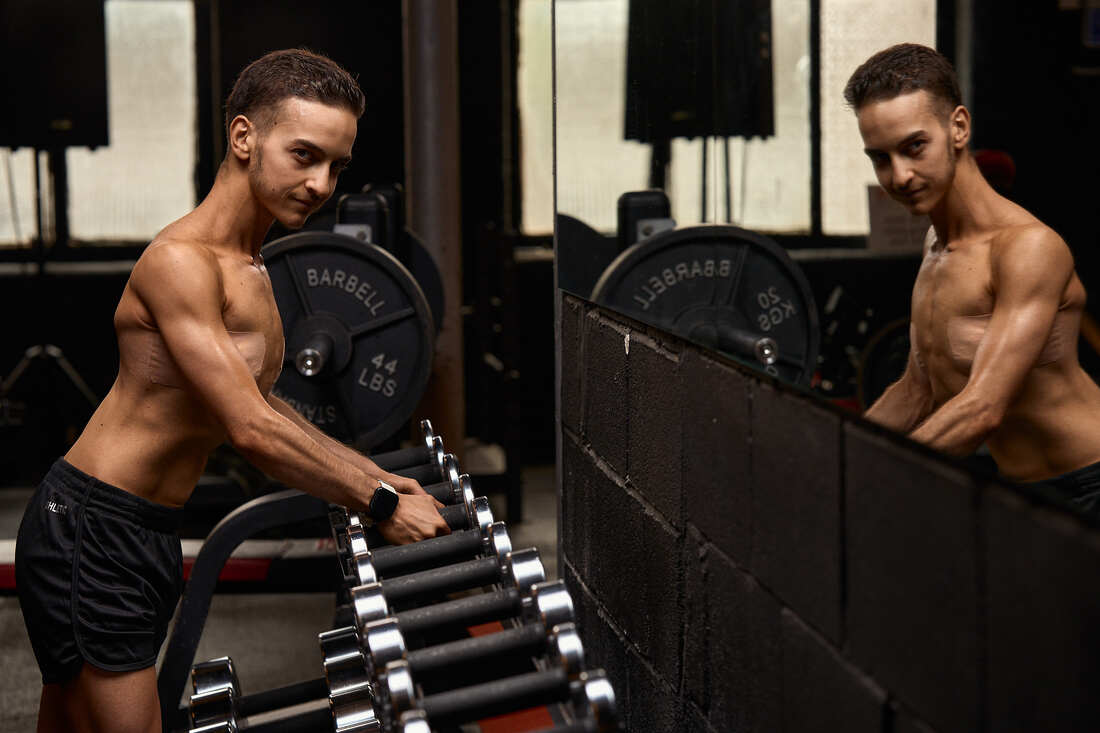|
If you opened my old personal training textbook, you’d find the following recommendations:
These are pretty common to this day. You might also be familiar with the claim that shorter rest intervals of around 30 seconds are better for hypertrophy (muscle growth) because they result in a greater increase in growth hormone, testosterone, and IGF-1––all of which theoretically make a positive contribution to hypertrophy––than longer rest intervals. How accurate is any of this? Read on to find out!
0 Comments
Exercise to stimulate, not to annihilate. The world wasn’t formed in a day, and neither were we. Set small goals and build upon them. The start of the year is an exciting time for fitness.
You may be super motivated right now, which is fantastic. There’s no better mental place to get started! But are your habits up to the task? Fat loss and muscle gain are often oversimplified as a matter of calories, protein, and resistance training. While these are fundamental components of the physique development process, fat loss and muscle-building phases require a lot more if you want to get the best results possible. That’s why, when I take on a new client, I don’t plunge them into a deficit or a surplus on Day 1. This approach could do them more harm than good if they didn’t have certain key habits in place, which I help them develop over the initial weeks of coaching. Some of these habits are always a priority, whereas others are more important in a deficit and less so in a surplus, or vice versa. Let’s start with the habits that are always a priority, no matter the phase. The term “range of motion” (ROM) has two main definitions:
As a muscle goes through its range of motion around a joint, it changes length from a shorter to a longer length, and vice versa. For this reason, the second definition of ROM is the more relevant to this article. But why would you care about muscle length? The resistance that you fight physically in the gym and the resistance that you fight in life can only build a strong character. A double mastectomy, colloquially known as “top surgery”, can be one of the most life-changing experiences for a gender-diverse individual who was assigned female at birth.
Since the beginning of my coaching career, I’ve had the honour of helping multiple clients prepare for this procedure and safely return to training once recovered. In this article, I’m going to share training and nutrition practices to create a sustainable and effective top surgery prep plan that I’ve been learning, perfecting, and developing for years. So, if your top surgery is coming up, read on. 2021
It’s April 16th, 2021. I wake up with a flutter in my stomach. Today it’s the day of my first fitness photoshoot. It means a lot for so many reasons. |
Nikias TomasielloWelcome to my blog. I’m an online fitness coach with a passion for bodybuilding, fantasy, and bread. Want to work with me? Check out my services!Archives
May 2024
Tags
All
|
Follow me on social media |
Get in touch |
© 2018-2023 Veronica Tomasiello, known as Nikias Tomasiello – All rights reserved






 RSS Feed
RSS Feed